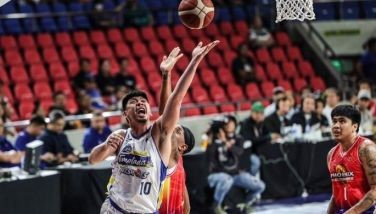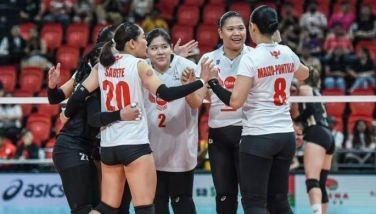How Filipinos changed boxing
It has been exactly one hundred years since boxing became a profession for Filipinos. Back then, pugilists were called “bootleg boxers”. This was a reference to the illegal nature of the sport, and its parallel with the forbidden nature of homemade liquor (moonshine). It was only because local authorities looked the other way (or were paid to) that local pro boxing had any chance at all. This was exactly a century ago, as World War I was nearing its end.
There were many little changes in boxing at the time. Originally, a round was only considered over when one boxer hit the ground. This led to very long fights and many permanent injuries. Inevitably, rounds were timed, and were limited to 75 rounds. This was later cut to 45 rounds, a monstrous number when you consider the rate of attrition.
By 1918, fights were between 10 and 20 rounds long, gradually evolving to 15 rounds per fight. It was around this time that Filipinos were discovered internationally, and were thus able to influence the sport.
How did this happen?
During Spanish colonial times, Filipinos (Indios) were not allowed to carry weapons of any kind in public. This gave rise to arnis and a peculiarly Filipino form of hand-to-hand combat. While arnis mimicked fighting with long, bladed weapons, hand-to-hand fighting evolved to look like knife fighting. And of course, you do not stand still when someone is wielding a knife in front of you. Footwork became very important. So you saw a lot of dancing around when two Filipinos fought.
At this time, American servicemen stationed in the Philippine Islands also needed to blow off steam. Many of them had boxing in basic training. A lot of them were standing in front of one another and slugging away. So they brought that habit with them to the Pacific theater. However, in establishments that had built in boxing rings, audiences were not interested in watching Americans fight Americans. Apparently, people subconsciously felt Americans were there to battle foreign invaders, not each other.
What people did watch were bouts between Filipinos. Though it was also amusing because the newcomers were awkward and not that good. But it was also because they moved around a lot, and threw a lot of punches. That drew a lot of attention. And a few even impressed American promoters.
One such promoter was Frank Churchill, a tall, lean, balding businessman who owned The Olympic Club in Manila. He also thought Filipinos could have better lives in America, where boxing was legal, a legitimately plausible vision.
Thus, when Churchill’s trainers were frustrated at all the hand and foot movements, he allowed the movement, modifying the striking techniques. They eventually blended American-style punching with the quickness of the Filipinos. And with all the additional foot movement, Filipino pugs became near-impossible to hit. This modification quickly paid dividends as three of Churchill’s wards soon became international champions. Dencio Cabanela was Orient champion in the bantamweight, featherweight and lightweight classes. Pancho Villa became the first Asian world champion. Clever Sencio was Villa’s opponent in the first all-Filipino world title fight.
And boxing has never been the same.
- Latest
- Trending































